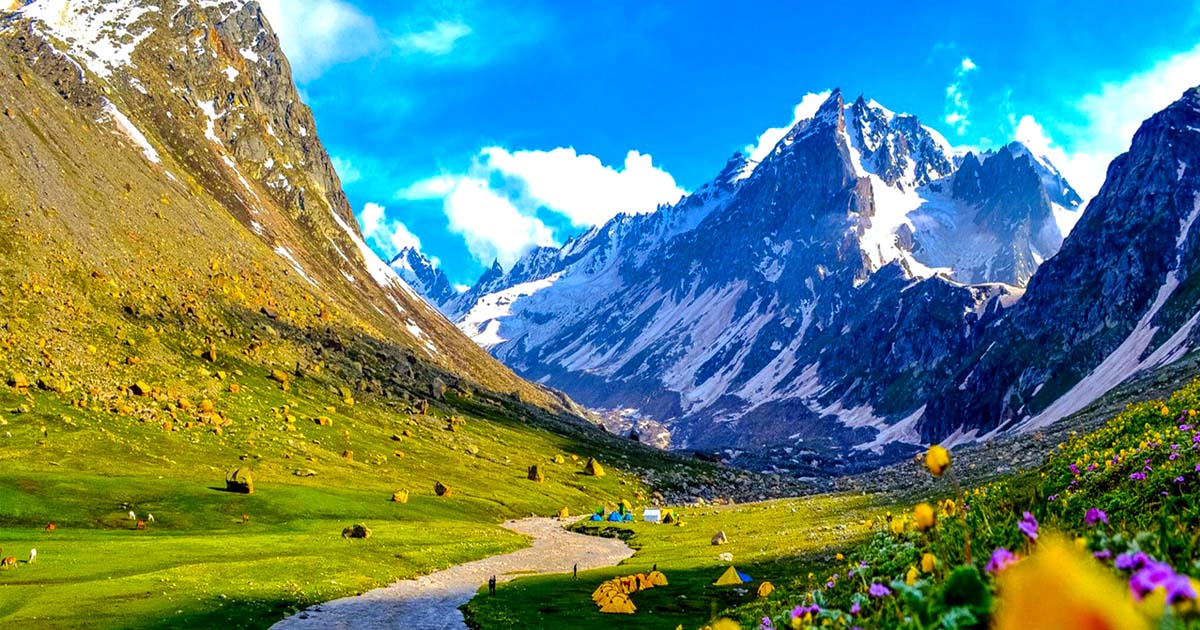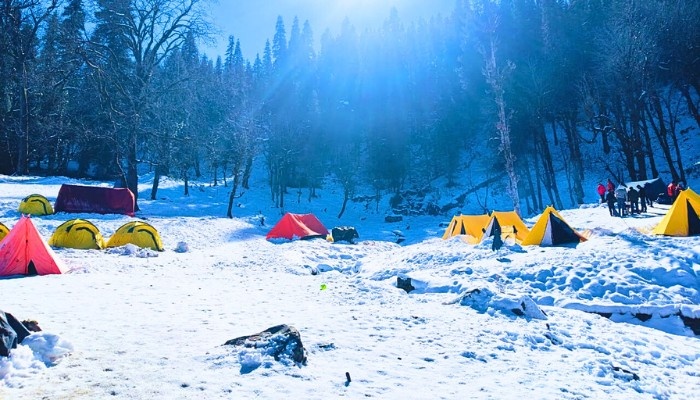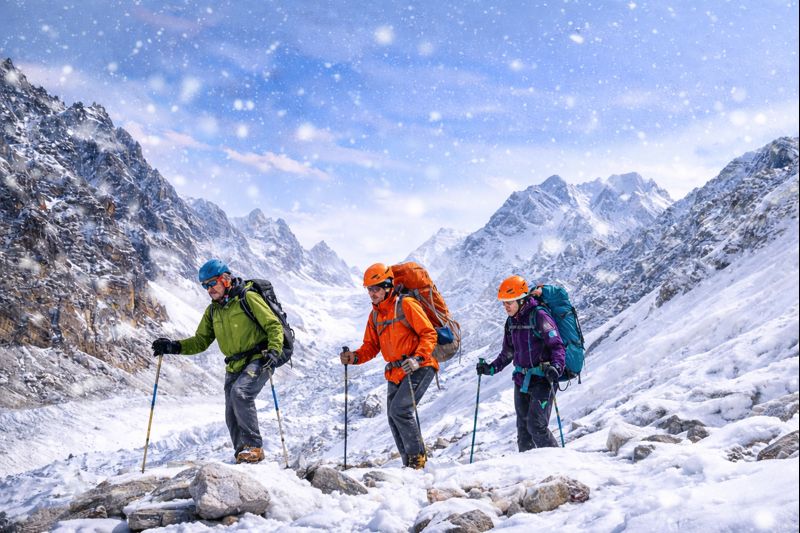
Best Bali Pass Trek A Unique Trekking Experience With Himalaya Shelter :
Why do we seek adventures in the mountains? Perhaps because mountains are the best teachers. Smooth roads, cosy homes and excellent network connectivity will not make you realize what you are really capable of, but difficult and rarely trodden terrains of the mountains will challenge your strength, elevate your courage and reward you with their breathtakingly beautiful landscapes. If you are an avid trekker, and love to explore offbeat treks, Bali pass trek is just the right trek route for you. It is one of the high passes in Uttarakhand that will give you the best taste of adventure.

With a maximum altitude of 4900 meters, Bali pass connects Tons river valley and Yamuna river valley. The trek takes 8 days and covers a distance of 56 kilometers. It is fairly understandable why Bali pass trek requires prior experience of moderate trekking.
Take up this journey and be ready for one of the rarest trekking experiences in the Himalayas.
Day 1: Our journey begins from Dehradun. In around 7 hours we reach Sankri through the picturesque villages of Damta, Purola, Mori and Netwar. Sankri is a little hamlet in the lap of lush green Himalayas and the source of many trek routes such as Har Ki Dun and Kedarkantha. Our route passes through Govind Pashu Vihar National Park, which is a sanctuary for many of the endangered species of animals and a variety of medicinal plants. At Sankri you can set up your camp, or stay at a guest house.
Day 2:Early in the morning, after having our breakfast, we drive off for Taluka. Taluka is another small village with a cluster of little houses made of wood, stone and mud, located only 12 kilometers away from Sankri. The road to Taluka is a bit bumpy, and it takes around one hour to reach Taluka.
From Taluka, our trek begins along the stony path, amidst the tall pines and walnut trees, with the river flowing beside us. Passers by will smile and wave at you. The walk will remind you of the song ‘What a wonderful world’. By the time we reach the village of Osla, our life back in the plains seems to be a distant story.
You can camp at Seema, a small settlement opposite to Osla, or you can stay with the people of the village for the night in their houses, listening to the tales of the Himalayas from their mouths.
Day 3:We have a long hike on the third day, but it unfolds delightful surprises. We will continue our journey beside the Tons river. The path sometimes ascends and sometimes descends through hills and valleys and forests.
Sometimes you will feel you are losing your patience. The path goes on and on, and yet your destination is not in sight. In those moments, remind yourself that in the mountains there is no quick and easy path to achieve great heights, and it is the journey that transforms you.
While walking through the forest, the majestic view of Kalanag peak will unfold in front of your eyes straight beyond the valley. A mountain stream cleaves the valley, gliding down in its own poise. We set our camps beside the stream, close to the waterfall. The gurgle of flowing stream will lull you to sleep at night, and your weariness will turn into a sense of peace.
Day 4: On the next day, a hike for 2 hours will take you to Ruinsara valley. The pines and firs will recede, giving way to birches and rhododendrons. Ruinsara Tal looks like a piece of sky fallen into the lap of the valley, studded with rhododendrons all around. Surrounded by the majestic snow-clad Swargarohini and Banderpunch peaks, the valley is an abode of untainted beauty. According to the legends, the Pandavas from Mahabharata had crossed the valley before climbing to Swargarohini. That is why the local people consider the Ruinsara Tal sacred.
Day 5:At Ruinsara valley we have a full day of rest and exploration. You might take a stroll around the lake, greet the flowers, soothe your eyes watching the green meadow and even reach Kyarkoti which is the base camp for Kalanag peak and Dumdar Kandi pass. The stay at Ruinsara will help you acclimatize with the next day’s trek. The serenity and stillness of this valley will create a deep sense of bliss in your heart. You will forget all your worldly worries and simply feel the oneness with everything that surrounds you. Everything is pure, real and alive, and yet it feels like you are in a dream.
Day 6:Early in the morning, when the sky turns pearly, we begin walking to reach Odari before afternoon. It takes around 4 hours to reach Odari. It is at an altitude of 4100 meters. There is a naturally formed cave at Odari, which is believed to be the resting place of Bali, a character from Ramayana. Bali pass probably got the name from him.
At our camping site, ahead of us is Bali pass, and below us is the valley. Camping at the glacial moraine at this altitude is a rare experience for the trekkers. You can get a splendid view of the Swargarohini peaks. It is believed that Swargarohini was the way to heaven for the Pandavas, amongst whom only Yudhisthira, along with his dog, had survived to reach the peak and ascend to heaven.
At night, if the sky is clear, you can watch millions of stars glittering brightly all over the sky.
Day 7:The trail beyond Odari is over the ridge towards south. Keep your trekking gears ready with you, for you might need them for this short but steep climb. There is a lot of glacial scree and loose stones on the way.
You will be dazzled by the white field of snow beneath your feet, and above you will be the stark blue sky. You will feel every beat of your heart, and every breath you take in, as you reach the top of Bali pass at an altitude of 4900 meters. Time will stand still as you look around to find the glorious peaks of Swargarohini, Banderpunch and many others from Garhwal range. Nature always rewards an undaunted spirit.
Now it is time to descend. It is quite a tricky path and you need to be careful to avoid injury. We come down into the alpine region and reach our camping ground at Upper Dhamni.
Day 8: We keep descending towards Yamunotri valley from our camp at Upper Dhamni through a forest trail. Towards the end of your trek, your heart and soul will be brimming with joy and contentment from overcoming all challenges on your way, and gratitude for the people who have guided and helped you all along, to enjoy this unique experience. You can pay a visit to the sacred Yamunotri shrine, and follow the pilgrim trail to Janki Chatti.
Day 9: Dry skin, tired limbs, unkempt hair, dirty shoes– and yet you feel as if you are the happiest person on earth: such is the result of this phenomenal trekking experience that you will take home with you as you drive back to Dehradun.
It will remain with you until the day the mountains call you back to do it all over again.
Some important points to note:
Best time for Bali Pass trek: May-June and September-October.
Maximum group size: 12 people.
Temperature: 20°C/-5°C. The base camp at Odari is the coldest campsite.
About Author

Himalaya Shelter
Recent news
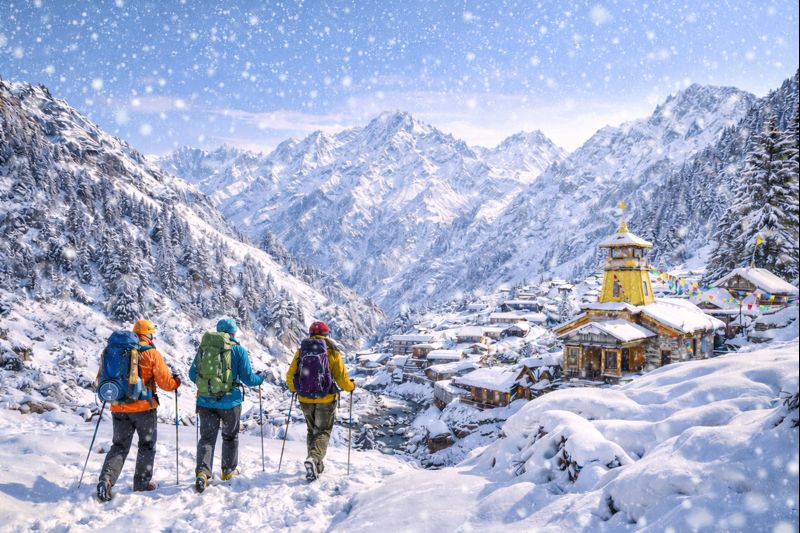
03 Jan 2026
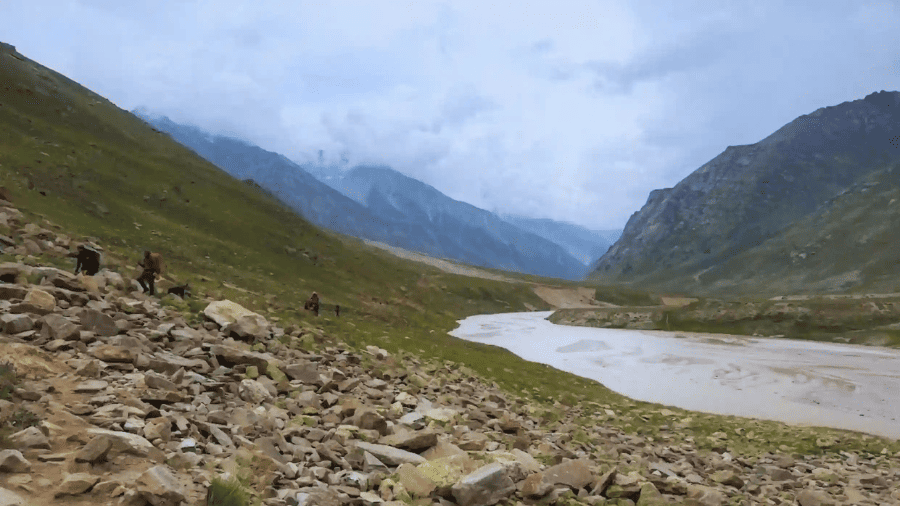
23 Dec 2025
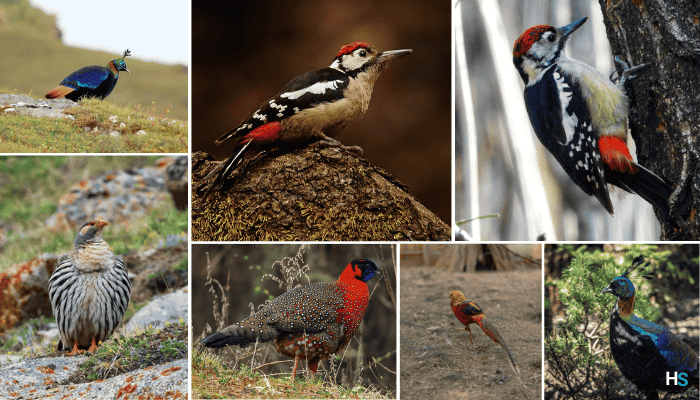
20 Dec 2025
Recommended Treks
